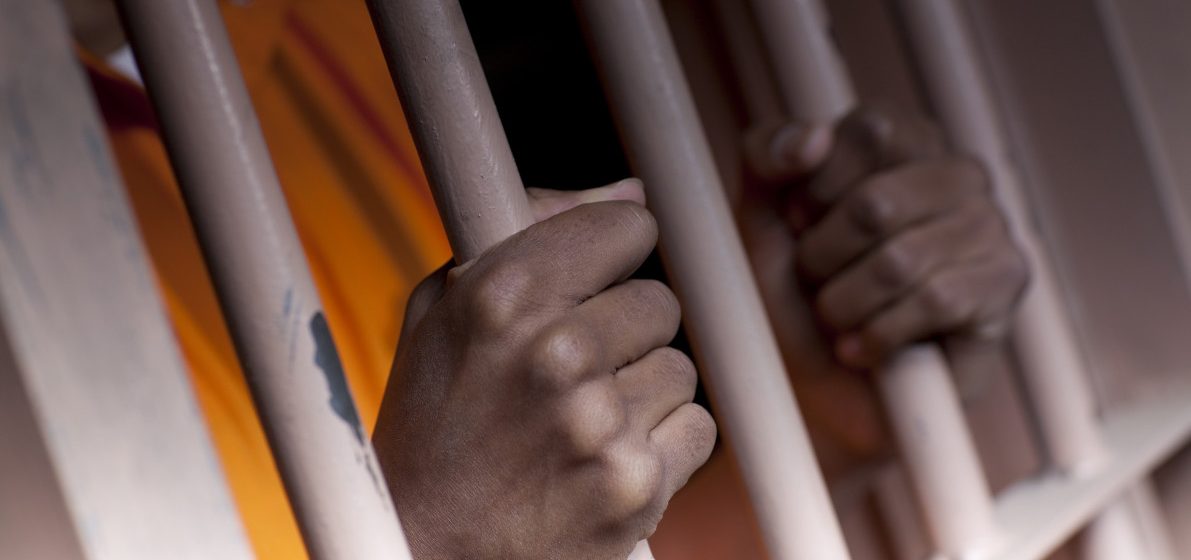
With increasingly crowded courts and jails, few will disagree that Florida’s justice system needs improvement.
Nevertheless, are statistics — and removing the human element — really the best path to reform?
Among the sweeping measures moving through the Florida Legislature is a proposal for a “pretrial risk assessment” tool, which is designed to give an objective, third-party analysis of whether a person under arrest is likely to appear in court and does not pose a risk of rearrest if released before trial.
Risk assessment typically involves a questionnaire (or some other form) to categorize defendants as either low, medium or elevated risk for pretrial failure.
The underlying idea is that most individuals under arrest will fall in the lower and medium risk categories. Risk assessment weeds out those “low risk” offenders to save the state billions in taxpayer money.
But release decisions by an algorithm are far from foolproof.
Such was the case of Peter Yeager, a 59-year-old New Jersey resident arrested Feb. 21 for the possession of images of children engaged in sexual acts.
One day later, Yeager was free after the state’s “Pretrial Risk Assessment” — developed by the foundation of hedge fund manager John Arnold — found he was not a danger to the community or a flight risk. He was not subject to any accountable release — just a “promise” to appear.
Yeager was just one of the thousands of pretrial releases under the NJ Bail Reform Act, enacted in January, which largely eliminated bail for minor crimes. The goal is to significantly reduce the state’s jail population — the same aim as Florida’s current push for justice reform.
But for many in criminal justice, including the bail bond industry, allowing someone like Yeager to go free raises considerable doubts about the accuracy of risk assessment tools.

What if a person under arrest is lying, refuses to answer or neglects to disclose factors like drug use? Will mental health be considered? What about defendants’ rights? Will lawyers be present? How does it protect the community when people under arrest — a person accused possessing child pornography — are set free?
Another factor in risk assessment, discussed in depth in a 2016 CityLab profile, is the possibility of reinforcing existing racial bias.
All considered, if the human element (such as bail bonds) is removed from these decisions, there is a risk of the system failing those people the criminal justice system is supposed to protect — the people of Florida.



3 comments
Troy E Ozarowicz
February 27, 2018 at 2:08 pm
“How does it protect the community when people under arrest — a person accused possessing child pornography — are set free?”
Accused, not convicted.
Dan R
February 27, 2018 at 7:05 pm
Most accused of those type crimes are found guilty or make deals, the evidence is overwhelming they are embarrassed and just want it over. Jail sentences are significant if found guilty after trial.
Luis Escarra
February 28, 2018 at 1:02 pm
The information provided by the Pretrial Release program, and The Liberal Washington Post are definitely way wrong, manipulated to attract the attention of the general public. Crime is at it’s highest point, the arrest are down due to hide the real numbers. If the government has to asume te failure to appear, who will go after the criminal offenders, who will be responsible for the failure to appear. Release criminal offenders is not the solution, making arrested criminal offenders and their family will make that person show up to court and reduces the re-arrest for other crimes. After all, if a criminal offender bonds out of jail and fails to appear, the Bondsman is responsible for the total amount of the bond, it doesn’t cost the local government to apprehend the fugitive. Why should Tax payers have to pick up the tab associated with the arrest of criminal offenders.
Comments are closed.